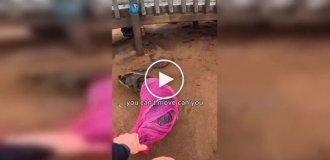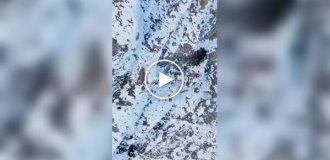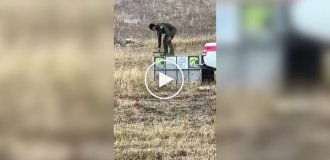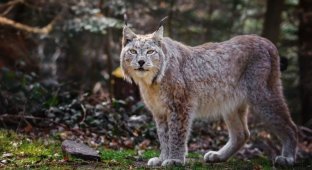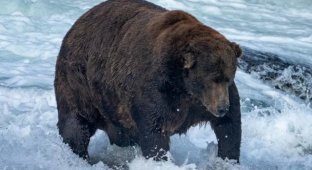Scientists unexpectedly found that Chernobyl wolves have mutated and now do not get cancer (4 photos)
One warm April night in 1986, a large-scale disaster occurred in the USSR - the accident at the Chernobyl nuclear power plant, which led to terrible consequences: fatal diseases and monstrous mutations. After the disaster occurred, all residents of Chernobyl and surrounding areas were evacuated to safe territory. In the “hell” zone there are only lonely abandoned houses, and in the natural areas there are wild animals: wild boars, moose, hares and wolves. 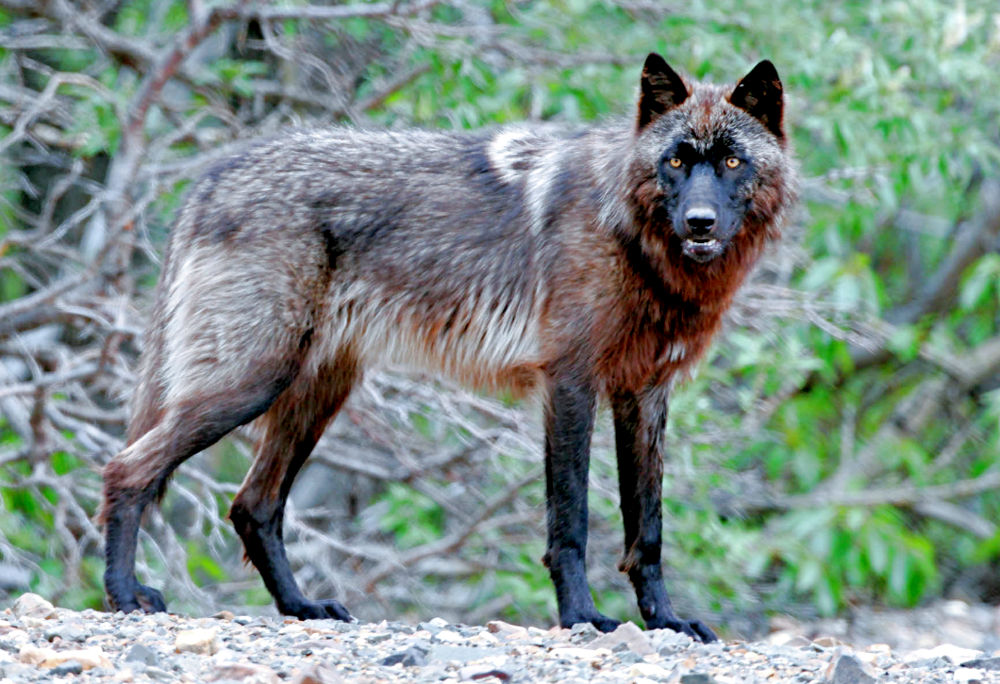
From the very beginning of the disaster to this day, the territory of Chernobyl has been a natural experimental place where you can see such mutations that neither a fairy tale nor a pen can describe. Scientists from all over the world are seizing the opportunity to study mutations in plants, insects, microorganisms and remaining animals. 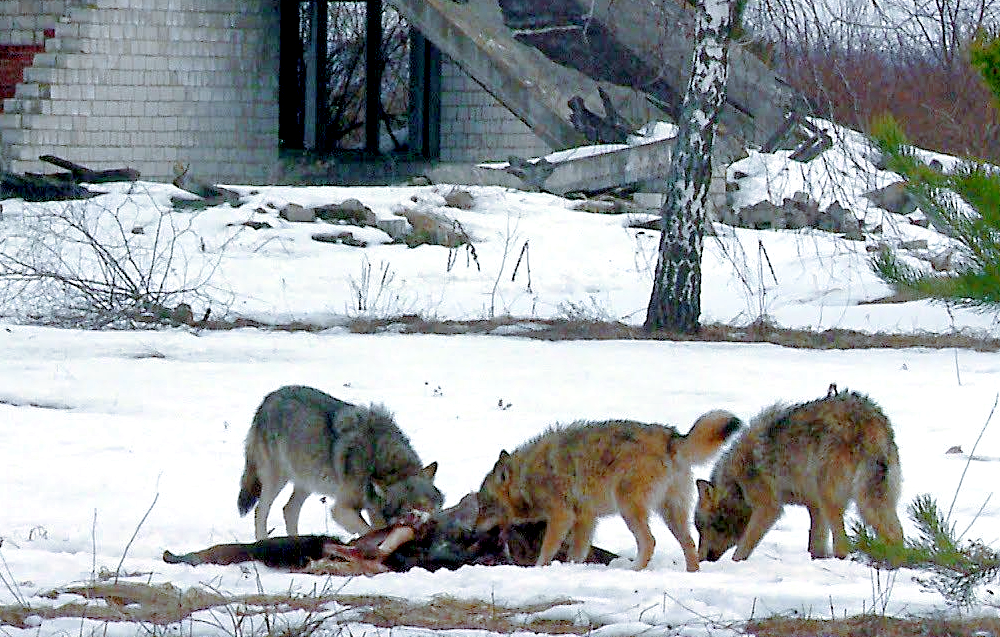
Flock in the exclusion zone
One brave lady who decided to study Chernobyl wild animals was American biologist Kara Love. Arriving in the exclusion zone straight from Princeton University in 2014, Miss Love began studying mutations in wolves from Chernobyl. Why them? Unclear. Maybe she just likes grey, angry and fanged animals.
As a result, Kara attached special collars with dosimeters and a GPS system to the wild wolves. She then took blood tests from the animals and returned to the United States to remotely monitor the “toothies.” The collars were designed specifically to track the location of predators and measure radiation dose. For several years, Miss Biologist recorded measurements and analyzed what she saw.
The study revealed that wolves, throughout the entire period of their stay in a radiation-contaminated area, “sucked in” 11 milliroentgens per 24 hours. And this is several times more than the permissible level of radiation for human life. People, of course, are not wolves, but still! 
Campbell-Staton Laboratory evolutionist and ecotoxicologist K. Love at work.
A blood test showed the unthinkable - “radioactive” wolves had strong differences in immune parameters compared to gray predators from safe forests. The biochemistry of the Chernobyl animals was identical to the analyzes of people with cancer treated with radiation. In addition, it became clear that the wolves “infected” with radiation had a special stable gene that prevented the development of cancerous tumors. We didn’t wait, we didn’t guess!
Today, Kara Love does not lose hope that this discovery will further help discover the secret of long life after cancer. Her report, presented in Seattle at the beginning of 2024, was positively assessed by representatives of the scientific commission.
The idea of using radiation in microdoses to prevent cancer is not new. Back in 1955, an experiment conducted on rodents showed that mice receiving microdoses of radiation had a longer life expectancy than those who did not take it. Yeah! 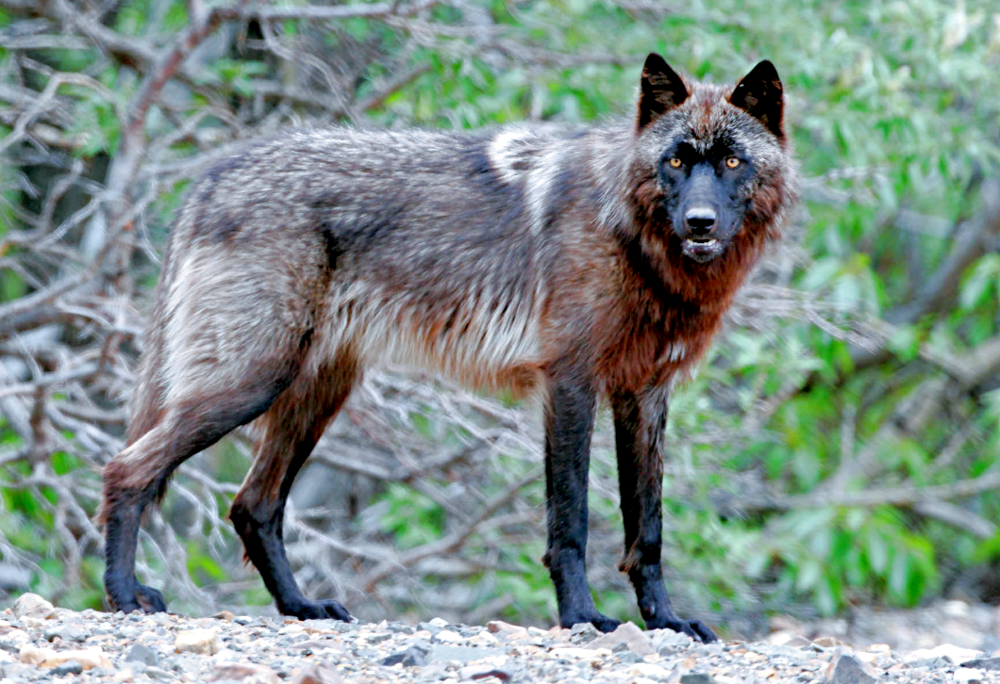
And in Chernobyl, spring is in full swing: the grass is turning blue, the birds are bleating, the fish are barking...
It is too early to draw clear conclusions on the topic of cancer preventive measures using daily radiation. But the fact of mutation of wolf genes leaves people with bright hope that in a few decades a formula will be found for the prevention and cure of cancer. We wish the scientists good luck!
